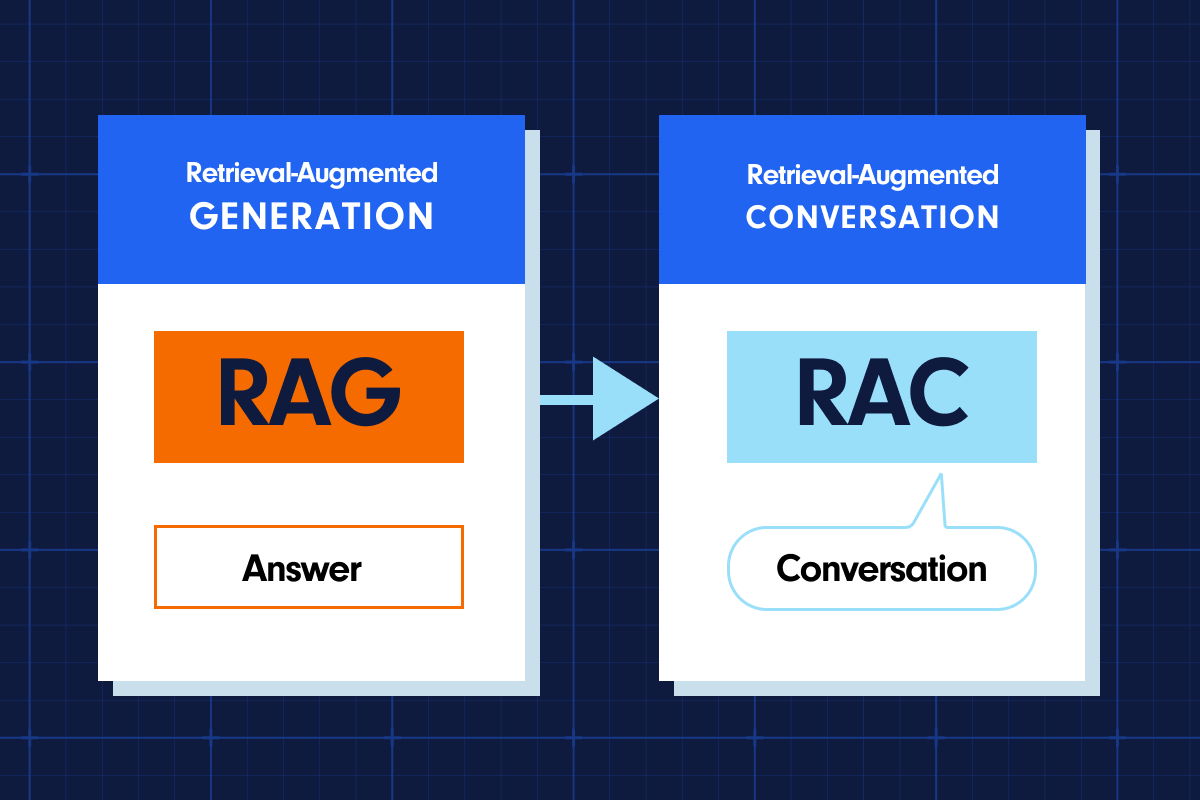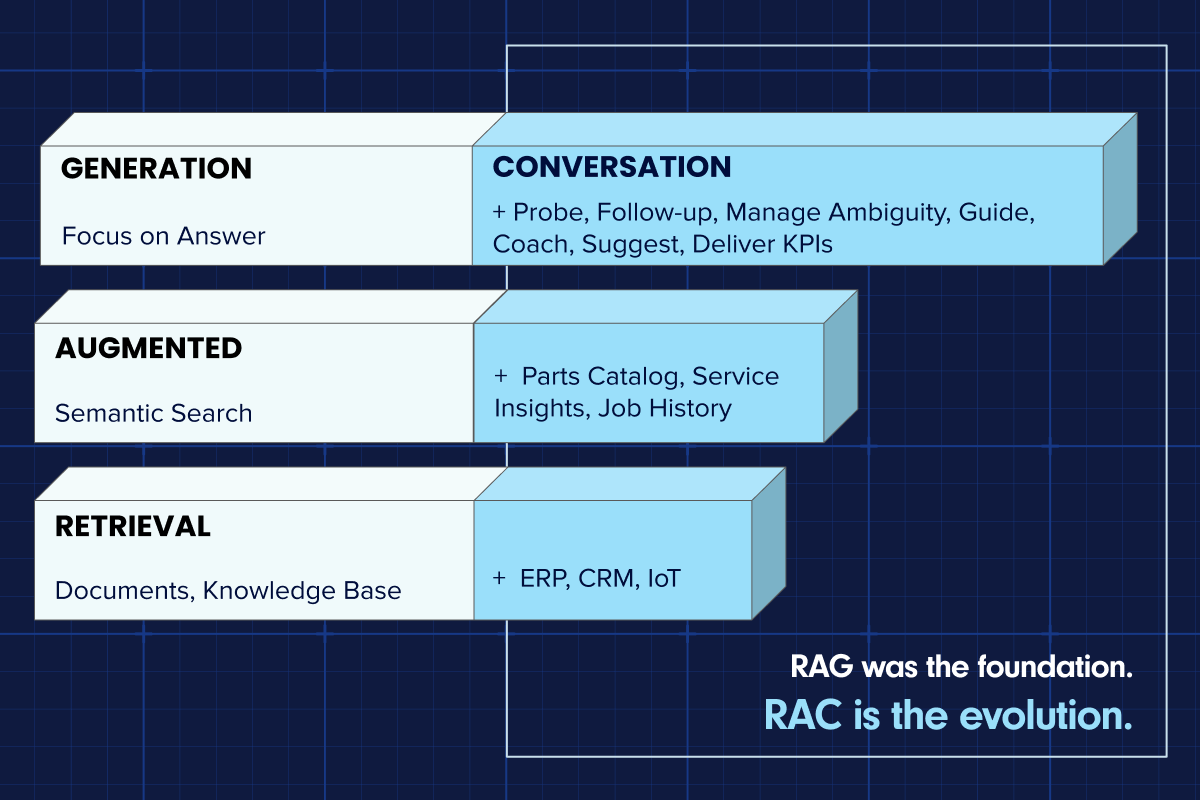Businesses are always looking for ways to improve their service management practices to increase efficiency and make customers happier. One way they’re doing this is by integrating Artificial Intelligence (AI) into their service delivery processes, which helps them achieve their goals by transforming how they deliver their services.
Joe Lang, VP of Service at Comfort Systems USA, recently joined Aquant’s Service Principal, Sidney Lara, for a webinar, Close the Skills Gap & Cut Service Costs: Unveiling Aquant’s 2024 Field Service Benchmark Report.
Joe and Sidney discussed strategies for implementing AI during their session. They highlighted the Shift Left concept to shorten the service lifecycle and significantly reduce service costs. Organizations can improve customer outcomes and build better customer relationships by streamlining service delivery with AI.
Let’s dive into the key takeaways from the webinar.
The Six-Step Framework for Transformation
- Collect and understand data: The first step involves gathering comprehensive service data to understand customer and workforce interactions thoroughly. Organizations can set a robust foundation for accurate insights by standardizing and sanitizing their data. By analyzing documented data, Sidney illustrates how orgs can identify opportunities to resolve issues over the phone or through self-service platforms, such as chatbots, significantly enhancing customer satisfaction while reducing the need for in-person visits.
- Dive deep into service issues: Understanding the nature of service issues is crucial. Joe’s experience at Comfort Systems USA spotlights the necessity of moving beyond symptom-fixing to address the core problems. AI facilitates deeper understanding, which sifts through historical data and expert insights to pinpoint effective solutions.
- Leverage expert knowledge: During the session, Sidney pointed out that 30% of solutions are derived from highly skilled technicians’ unspoken or implicit knowledge. Incorporating this human element into the AI engine ensures that the most effective resolutions are identified and applied.
- Operationalize AI for targeted solutions: With insights in hand, the next step is operationalizing AI with predictive analytics. Joe shared how Comfort Systems is taking this step by releasing Aquant’s Service Co-Pilot to empower technicians to solve issues independently before escalating them, enhancing first-time fix rates and overall operational efficiency. Organizations can significantly improve service delivery and cut costs by investing in technology that enhances technicians’ capabilities and reduces reliance on external help.
- Establish continuous improvement loops: The journey doesn’t end with the implementation. Continuous measurement and feedback are vital to refine and enhance service interactions. Maximizing the benefits of new technology requires empowering your team during onboarding.
- Shift Left for proactive problem solving: Ultimately, the goal is to solve problems before they occur. Sidney and Joe stressed the potential of self-service and remote diagnostics in reducing the need for in-person visits, enhancing customer satisfaction, and lowering costs.
Why It’s Time to Shift Left Now
The stakes in service management have never been higher. Rising customer expectations demand immediate, effective responses. Sidney’s insights reveal a world where customers prefer self-service options.
Moreover, the talent shortage and skills gap present formidable challenges. Joe emphasizes the significance of data in bridging gaps, while Sidney advocates for utilizing AI, which provides a clear path for service organizations.
Aligning every team member’s capabilities to match the top 20% of your workforce could reduce your service costs by up to 22%. And it all starts by utilizing valuable insights, tools, and benchmarks.
The journey that Sidney and Joe embarked on is not just a story about adopting new technologies. It also represents the strategic, data-driven mindset required to succeed in today’s service industry. By following their six-step framework, organizations can navigate the complexities of modern service delivery, achieving efficiency and cost reduction and building lasting relationships with customers.
The time to embark on this transformation is not tomorrow; it’s today.
Ready to adopt the Shift Left approach? Request a demo today to learn more.
About the Author

Courtney Stafford, Marketing Programs Lead, Aquant
Hi there! I’m the Marketing Programs Lead at Aquant. My passion lies in creating unique in-person and virtual experiences, crafting engaging content, sharing best practices—and, most importantly, empowering service teams like yours to thrive.








